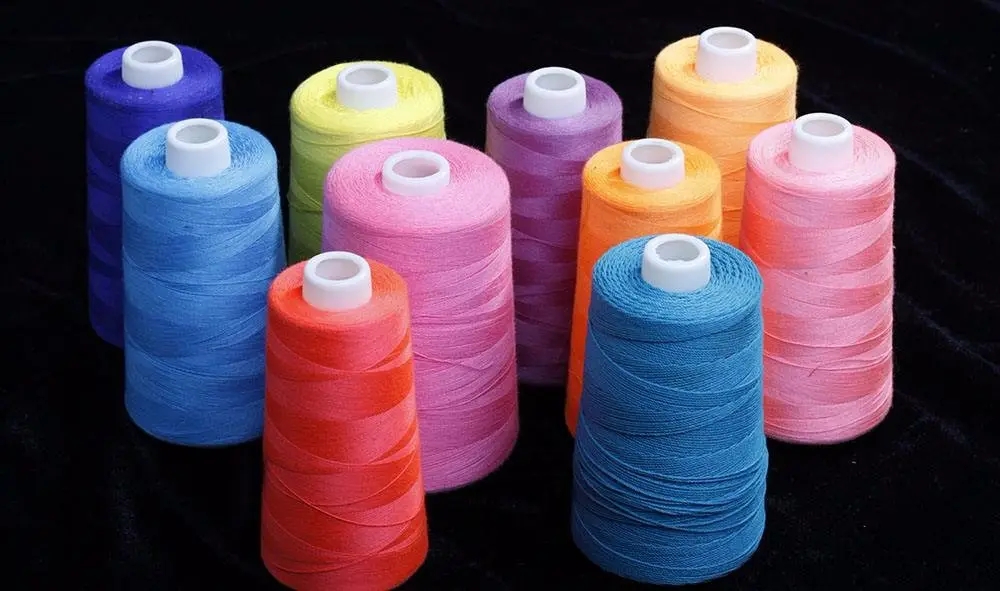Wetting waxing agent
The sizes used in textile industry mainly include polyvinyl alcohol, polyacrylic acid and modified starch. These sizes have good softness and adhesion, but they also have some disadvantages, such as high re viscosity, high moisture absorption and poor smoothness. In general, the textiles with wetting and waxing agent will make the hand feel of sizing become slippery, reduce the falling objects due to friction, and improve the textile efficiency of loom. The friction coefficient of the sizing machine can be increased at the same time.
When wax is used to mix and dye the textile fabric, the wax will be broken in the process of non-traditional wax spinning, and the wax will strengthen the permanent dyeing effect of the textile fabric.
Sewing yarn lubricant
The sizing and printing and dyeing waxes of textiles use sewing yarn lubricant, which enhances the non permanent effect of textiles. The main purpose of textile commodity inspection is to make the textile with additional surface of feather have high wear resistance, increase the strength of yarn, and try to maintain the elasticity of yarn, so as to ensure the subsequent treatment procedure and weaving process. The sizing effect will directly affect the weaving speed and the quality of the final fabric.

Textile wax can enhance the permanent effect of textiles in yarn finishing. Many textiles will have rough hand feel in the process of printing and dyeing and weaving pretreatment. Therefore, almost all textiles need soft treatment in the finishing process. Paraffin is one of the main formulations of many textile softeners. The main components of composite softener are paraffin, water, emulsion, etc., and the appearance is white thick emulsion. After diffusion in water, it can be used for soft treatment of acrylic and cotton fabrics. At present, the most used softener in the textile industry is silicone wax softener containing 10% ~ 30% paraffin. It can not only soften textiles, but also improve the sewing performance of textiles. It is widely used in synthetic fibers, man-made fibers and natural fibers.
Water repellent reagent
Textile wax has certain hydrophobicity and can be composed of metal soap, rubber, drying oil and filler. It can be used in the production of canvas, raincoat, tarpaulin and so on. Some water repellent reagents can bring good fluffy hand feeling and air permeability to textiles, and can be applied by dipping, brushing, spraying and other methods. Some water repellent reagents can be used for the lubrication of cotton, polyester, polyamide and wool yarn.
Glazing agent
Textile wax can make textiles produce a certain smoothness and good luster. Polishing agent is mainly used in ribbon, fishing line, shoelace, shoemaking thread, sewing thread and other threads. Textile wax can be made from resin, white oil, solvent, starch, surfactant and so on. It can be made into emulsion, solution and oil agent. When used, the metering pump or oil pan can be used to lubricate the textile wax. Take sewing thread as an example. After using polishing agent, the surface of sewing thread becomes smooth and soft, which can be used in high-speed processing line, making sewing performance better and less wear on sewing machine parts and needles. The use amount of polishing agent mainly depends on the type of yarn and textile requirements. Generally speaking, chemical fiber sewing thread is 4% ~ 7%, embroidery thread is 1% ~ 2%, and cotton sewing thread is 2% ~ 3%.

